Are 625W High-Wattage Solar Panels Worth the Investment?
As solar panel technology advances, homeowners and businesses across Australia…

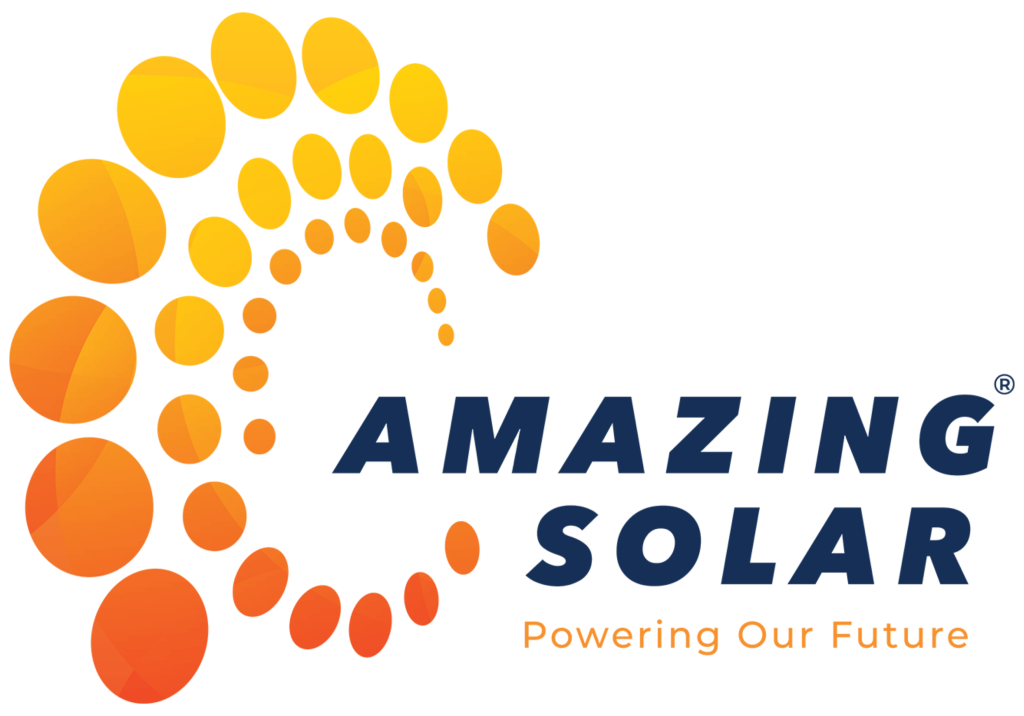

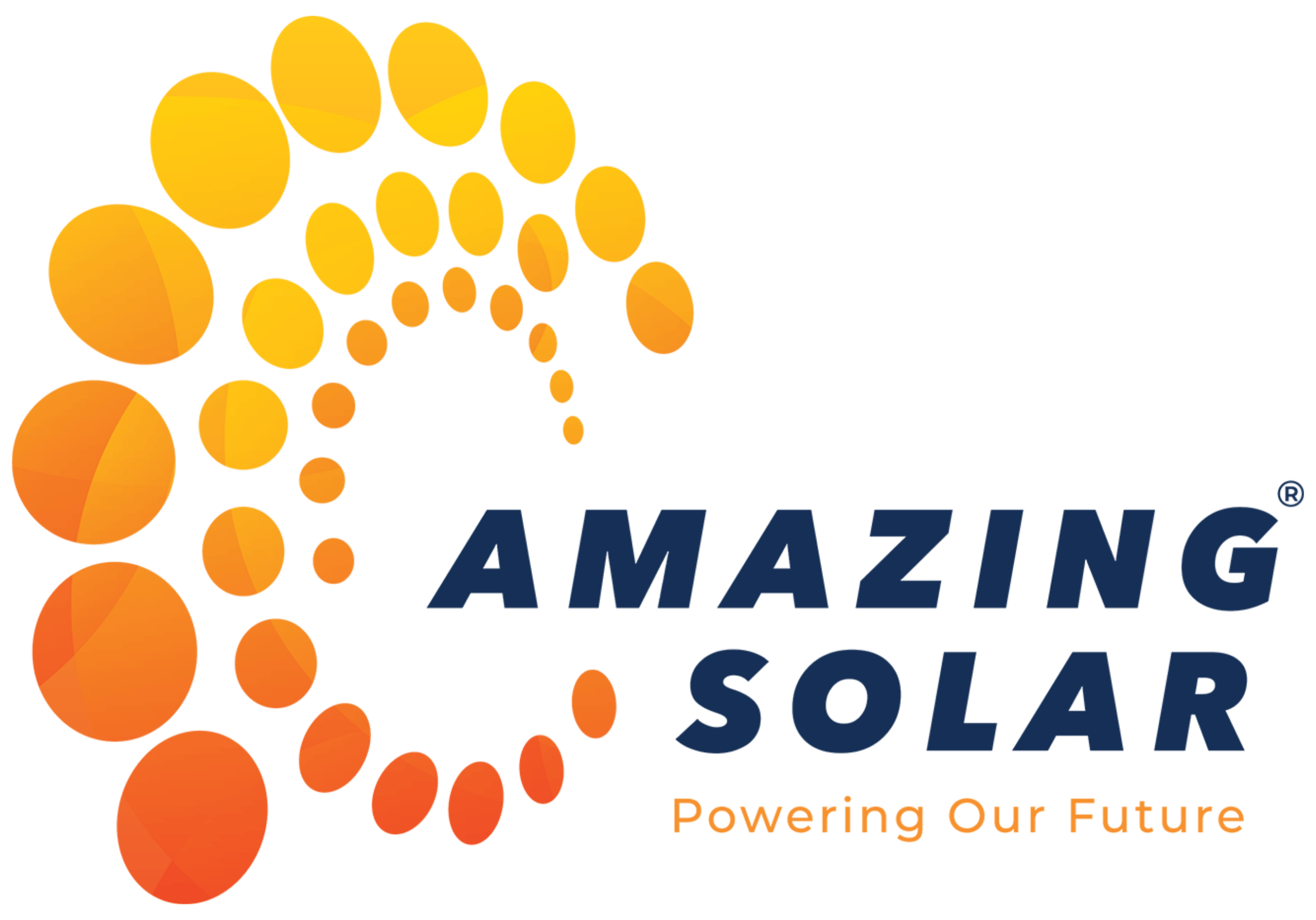


EGing is China’s first pure solar module manufacturer A-share listed in Shanghai stock market. EGing is a high-tech company specialized in researching, developing, manufacturing and selling photovoltaic products. Its vertical integrated system combines ingot, wafer, cell, module packaging and solar power generation all together. EGing has the capacity of producing 2GW mono and poly silicon solar modules annually.
Monocrystalline Panels: EGing Solar manufactures monocrystalline solar panels that are made from a single crystal structure of silicon. Monocrystalline panels are known for their high efficiency and sleek black appearance.
Polycrystalline Panels: EGing Solar also produces polycrystalline solar panels, which are made from multiple silicon crystals. Polycrystalline panels have a bluish appearance and offer a slightly lower efficiency compared to monocrystalline panels, but they are often more cost-effective.
PERC (Passivated Emitter Rear Contact) Panels: EGing Solar incorporates PERC technology in some of its solar panel models. PERC panels have a passivation layer at the rear side of the solar cells, improving light absorption and energy conversion efficiency.
Half-Cut Panels: EGing Solar offers half-cut solar panels, where the solar cells are divided into two halves connected in series. This design reduces power losses and enhances performance in shaded conditions or when panels are partially obstructed.
Bifacial Panels: EGing Solar produces bifacial solar panels, designed to capture sunlight from both the front and rear sides of the module. Bifacial panels can generate electricity from sunlight that is reflected off the ground or other nearby surfaces, increasing overall energy production.
Smart Modules: EGing Solar also offers smart modules that may include additional features such as integrated monitoring systems, power optimizers, or built-in microinverters. These modules provide enhanced monitoring capabilities and may deliver better performance under varying environmental conditions.
Key Features
For more information please click here to download datasheet –
If batteries are used, then technically yes. But in practice, when grid power is available, it is recommended to use solar power in combination with the grid. Solar power can be integrated with your existing power sources (such as grid power, inverter, generator, etc.) so that the solar power to be consumed first is always automatically given priority. However, if you are using photovoltaics for night-time use or in a remote location, it is quite common to have solar systems that run on batteries.
Unless your solar energy system includes battery storage and you are fully off the grid, you will still receive a bill from your utility. However, you can dramatically reduce your bill, or even cut the amount you owe to $0, with a solar panel system that matches your energy use.
Solar panels are a highly proven, durable, and reliable technology and have been in use since the 1950s. A solar system that is designed, installed, and maintained well will operate for 25-30 years. Moreover, since there are no moving parts (unless you are using tracking devices to move modules that tilt with the movement of the Sun), there is practically negligible wear and tear.
Each roof is different. In general, the number of panels needed depends on the amount of electricity used and the amount of sunlight hitting the roof.
Share Now -
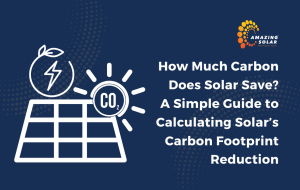
Solar Impact on Carbon: More Australians than ever are choosing solar, not just for the savings on their power bills but also for the positive environmental


















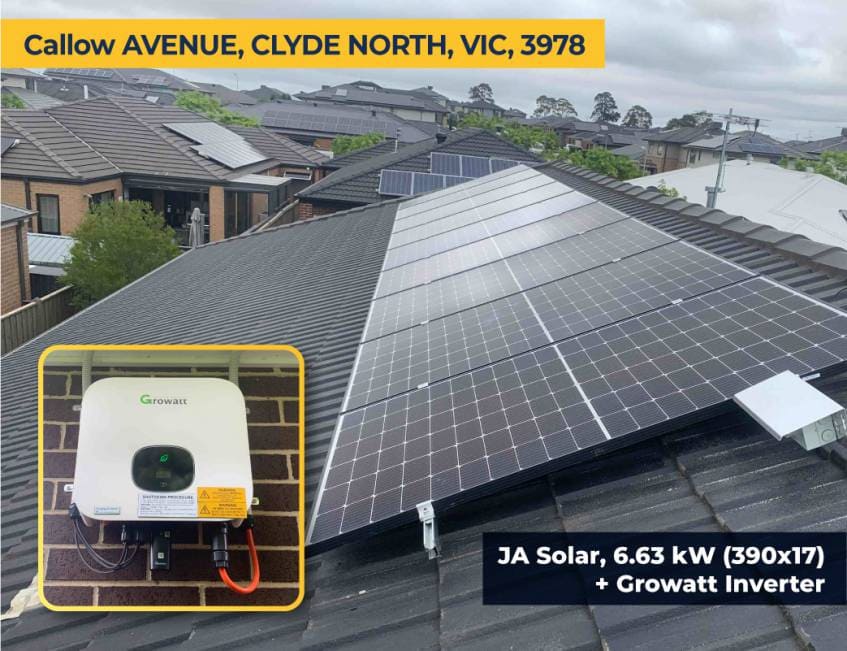

As solar panel technology advances, homeowners and businesses across Australia…
Sunpro 440W with Sigenergy: At Amazing Solar Solutions, we know…
Are you a homeowner in Victoria looking to slash your…
Here’s what our customers across Australia have to say about our solar system installations.
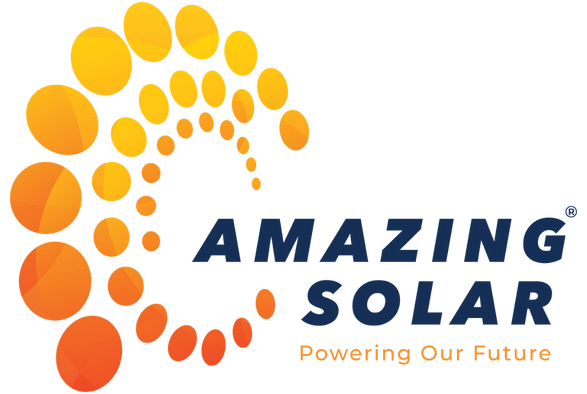
Amazing Solar Solutions is a NETCC-Approved Seller and battery specialist. We offer solar panels and energy options for homes and businesses with affordable financing solutions.
Unit 16/260-276 Abbotts Road, Dandenong South, VIC 3175
Copyright © 2025 Amazing Solar Solutions – NETCC Approved seller | ABN Number : 31 619 183 372